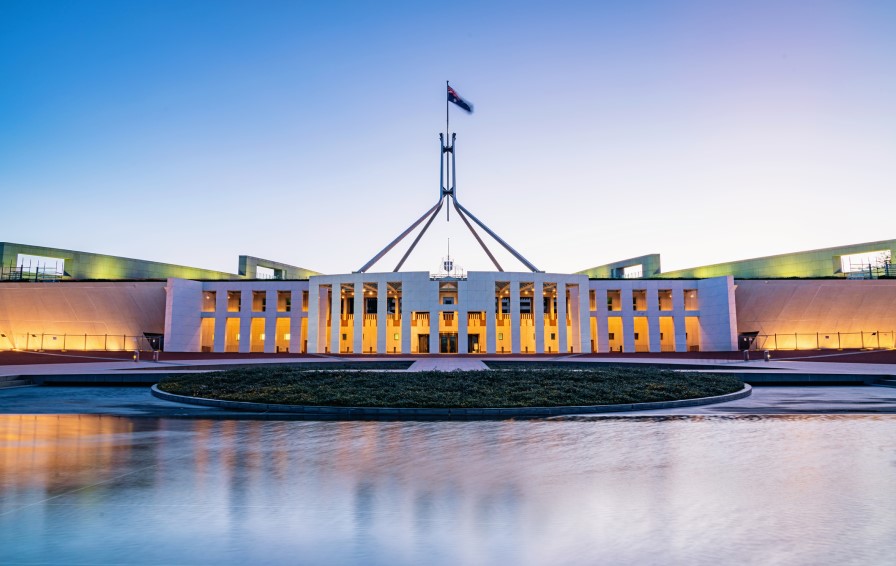The 2023 Budget has been handed down by Treasurer Jim Chalmers. In addition to the cost-of-living and welfare measures leaked ahead of the Budget, the government also released new measures relating to businesses.
The government has forecast a Budget surplus of $4.2bn in 2022-23, but an underlying cash deficit of $13.9bn is expected in 2023-24 and a $35.1bn deficit for 2024-25. The Budget papers note that the global economic outlook has deteriorated and is highly uncertain with persistent inflation and rising interest rates expected to slow real GDP growth from 3.25% in 2022-23 to 1.5% in 2023-24, before rising to 2.25% in 2024-25. While inflation remains elevated at 6% for this year, it is expected to fall to 3.25% in 2023-24 and return to the RBA’s target band of 2-3% in 2024-25.
For small businesses, the government has proposed to temporarily increase the instant asset write-off threshold from 1 July 2023 to 30 June 2024. In previous years, the temporary full expensing effectively replaced the instant asset write-off regime and applied for assets held/first used/installed ready for use between 6 October 2020 to 30 June 2023. This allowed eligible businesses to immediately deduct the business portion of an asset’s cost with no general limit, although specific cost limits on certain assets, such as cars, applied.
With the expiration of the legislated temporary full expensing, eligible small businesses with an aggregated annual turnover of less than $10m will be able to immediately deduct the full cost of eligible assets costing less than $20,000 that are first used or installed ready for use between 1 July 2023 and 30 June 2024. The $20,000 limit will apply on a per asset basis, so small businesses are able to instantly write-off multiple assets. Assets valued at $20,000 or more (which cannot be immediately deducted) can continue to be placed into the small business simplified depreciation pool and depreciated at 15% in the first income year and 30% each income year thereafter. In addition, the “lock-out” rule that prevents small businesses from re-entering the simplified depreciation regime for 5 years if they opt-out will continue to be suspended until 30 June 2024.
The government has also announced a lodgment penalty amnesty program for small businesses (with an aggregate turnover of less than $10m). The amnesty will remit failure-to-lodge (FTL) penalties for outstanding tax statements lodged in the period from 1 June 2023 to 31 December 2023 that had original due dates between 1 December 2019 to 29 February 2022. Currently, the FTL penalty is $275 per penalty unit. Small entities are liable to the FTL penalty at a rate of one penalty unit for each period of 28 days (or part thereof) that the return or statement is overdue, up to a maximum of 5 penalty units. For medium entities (ie a medium withholder for PAYG purposes or one who has assessable income or a current GST turnover of more than $1m and less than $20m) the penalty unit is multiplied by 2 and applies at the same rate as small entities. It is hoped that the amnesty will encourage small businesses to re-engage with the tax system. In conjunction with the amnesty, the government will also be providing funding to the ATO from 1 July 2023 over 4 years to assist with engaging more effectively with businesses to address the growth of tax and superannuation liabilities. Specifically, the funding will facilitate ATO engagement with taxpayers who have high-value debts over $100,000 and aged debts (ie more than 2 years) of either public/multinational groups with aggregated turnover of greater than $10m, or privately owned groups or individuals controlling over $5m of net wealth.





